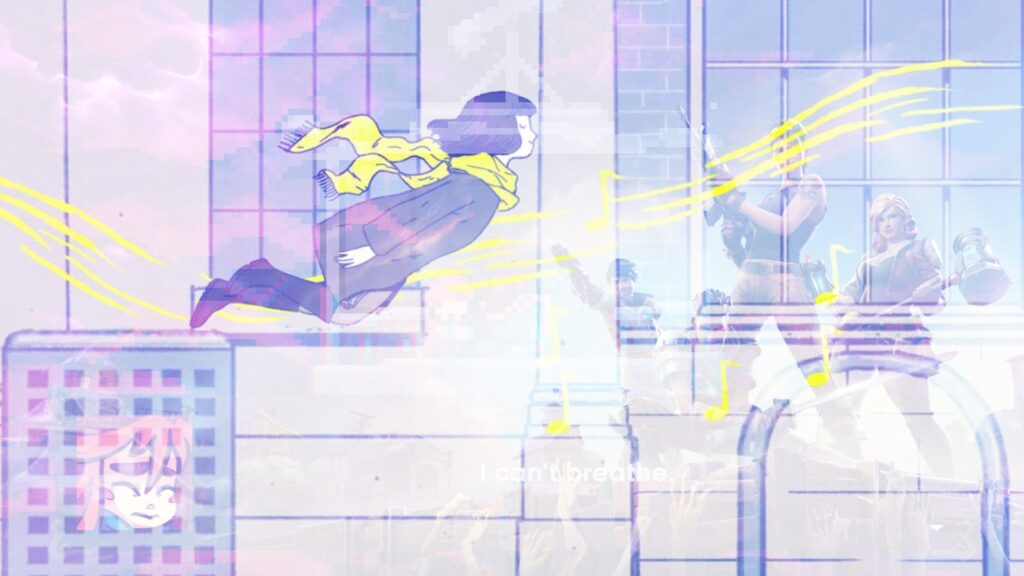
With the domination of Fortnite, the birth of two new digital storefronts, the most successful Game Awards yet, and a plethora of fantastic releases, 2018 has been an eventful year for games. As we ring in the new year, GameDaily is looking back on a handful of games that have had a significant impact.
In an industry that estimated a staggering $137 billion worldwide revenue in 2018, video games are much more than consumer products — they’re art. They have something to say. We’ve rounded up the games that we believe comprise the most culturally impactful games of 2018, both for the game industry and the mainstream collective consciousness.

Celeste is one of the most important games centered around mental health that we’ve had in recent years. It joins the ranks of Hellblade: Senua’s Sacrifice, Life is Strange, and Night in the Woods.
Celeste’s story follows Madeline, a girl who climbs Celeste mountain because she feels lost. She wants to prove to herself that she’s capable of making that arduous journey. This climb is a metaphor for Madeline’s struggles with depression and anxiety: it’s not a vertical one, as the game’s platform sections have a variety of layouts — a conscious gameplay design choice that conveys how the journey of those of us who are mentally ill is rarely a straight line — it’s all shifting sands and treacherous pathways that change and erode just as we believe we’re getting better.
Game narratives that tackle the tricky subject of mental illness isn’t new. Last year saw the releases of Night in the Woods and Hellblade: Senua’s Sacrifice, two critically acclaimed games that also put the subject at the forefront of their stories. Hellblade follows Senua’s descent into a terrifying landscape while highlighting her harrowing struggle with psychosis. Night in the Woods centers on Mae Borowski, a college dropout with anxiety and dissociation who returns home and reconnects with her childhood friends, many of who also struggle with mental illnesses as a result of growing up in a crumbling town like Possum Springs.
Out of the three, Celeste is simultaneously the most unforgiving, and still somehow manages to be the most patient and optimistic. It’s incredibly challenging and its levels are designed to be so difficult that they initially seem impossible to conquer, just like some days do for people like Madeline. But overcoming every level brings you closer to the game’s comforting truth: overcoming mental illness isn’t about fighting against one’s demons — the reality is that mental illnesses aren’t meant to be defeated.
Celeste‘s Madeline learns that the best way to overcome her inner demons is by working together with them. It contains a rare level of candidness, grace, and empathy that lets it delivers these messages with optimism and hope instead of the condescension and judgement that often arises from the societal stigma against mental illnesses.
In an industry in which many find solace from feelings of sadness, loneliness, and exclusion; an industry that is built on the back of exploitative labor practices that lead to the deterioration of the mental health of its creatives; a global gaming community that struggles to eliminate harassment, bullying and hate among certain sectors of its community, Celeste is a light that, in comparison to how we often try to hide our mental illnesses, shows the beauty of a more empathetic world and teaches us how we can be better to both each other and ourselves.
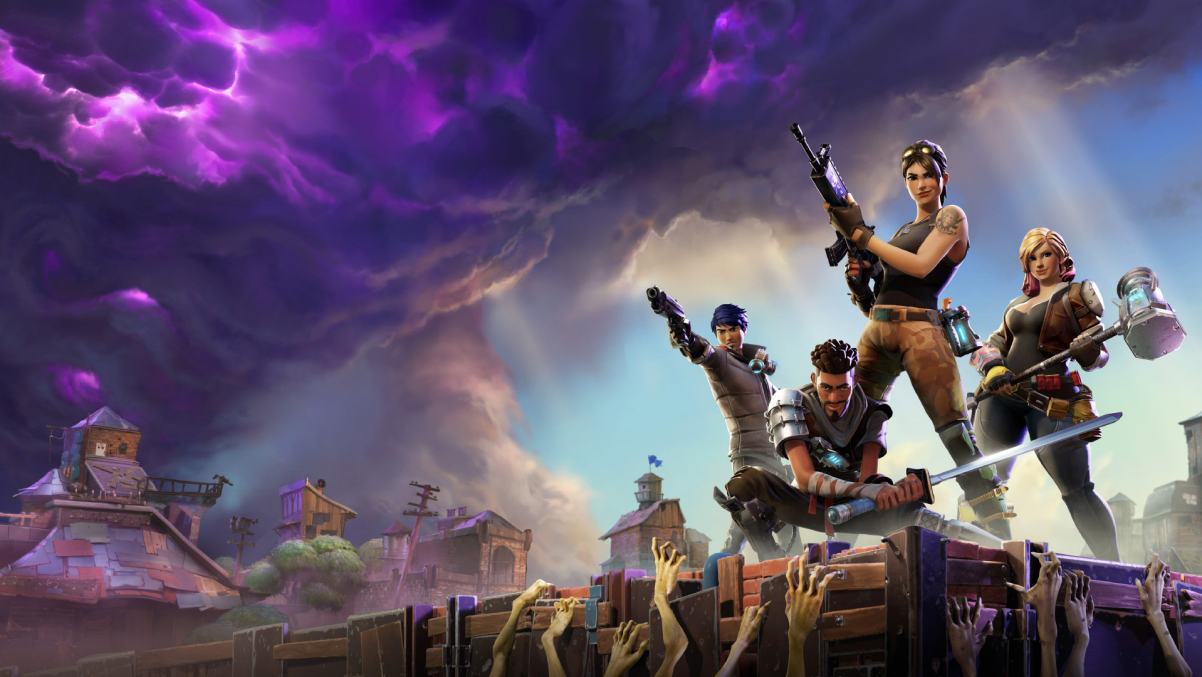
This list simply couldn’t exist without Fortnite. Like it or not, it’s everywhere; it’s basically the new Minecraft, possessing an amount of influence that only a singular game tends to gain every few years. In comparison to movies, television and books, video games can be a bit of an isolated medium; many people don’t play them or know exactly how to define them. For such people, the easiest way is simply through mentioning Fortnite.
Fortnite is a cultural phenomenon: it had 200 million registered players by the end 2018, which is remarkable, but perhaps even more impressive are the nearly immeasurable ways it has seeped into mainstream culture.
Fortnite has made billions of dollars, with mobile profits alone generating a $2 million per day in July. These profits have allowed Fortnite to become the biggest esport in the world in terms of prize money, with Epic Games dedicating a whopping $100 million in funds for the tournament. It is currently the one game on the market that is truly cross-platform across all major platforms and devices, including iOS and Android. It pushed a reluctant Sony into backtracking on its hard stance of no cross-play in the foreseeable future; the battle royale is now the ambassador for the cross-play beta rollout. It’s become so enormous that it’s provided Epic Games enough of a windfall to create and maintain its own digital storefront, the Epic Games Store, to compete against Steam.
The influence Fortnite has in our culture naturally brings its share of negative connotations, perceived and actual. The game has sparked a moral panic among parents, whose reactions to their kids’ obsession range between hiring tutors to support their children in becoming better players to taking their kids to rehab for gaming addiction and desperately working with schools to keep children away from the game. Psychology Today has a dedicated page for parents and how they can manage their children’s Fortnite playtime.
The game is also sparking conversations in this industry regarding the differences between social dances and individual dances, whether dances can be copyrighted and how massive corporations continue to profit from black culture. It’s resparked age-old discussions about the relationship between video games and violence. It’ll continue to develop and help shape many more dialogues in ways we’ve yet to know or even predict.
It’s not just the biggest game of the year — it might also just be one of the biggest games ever.
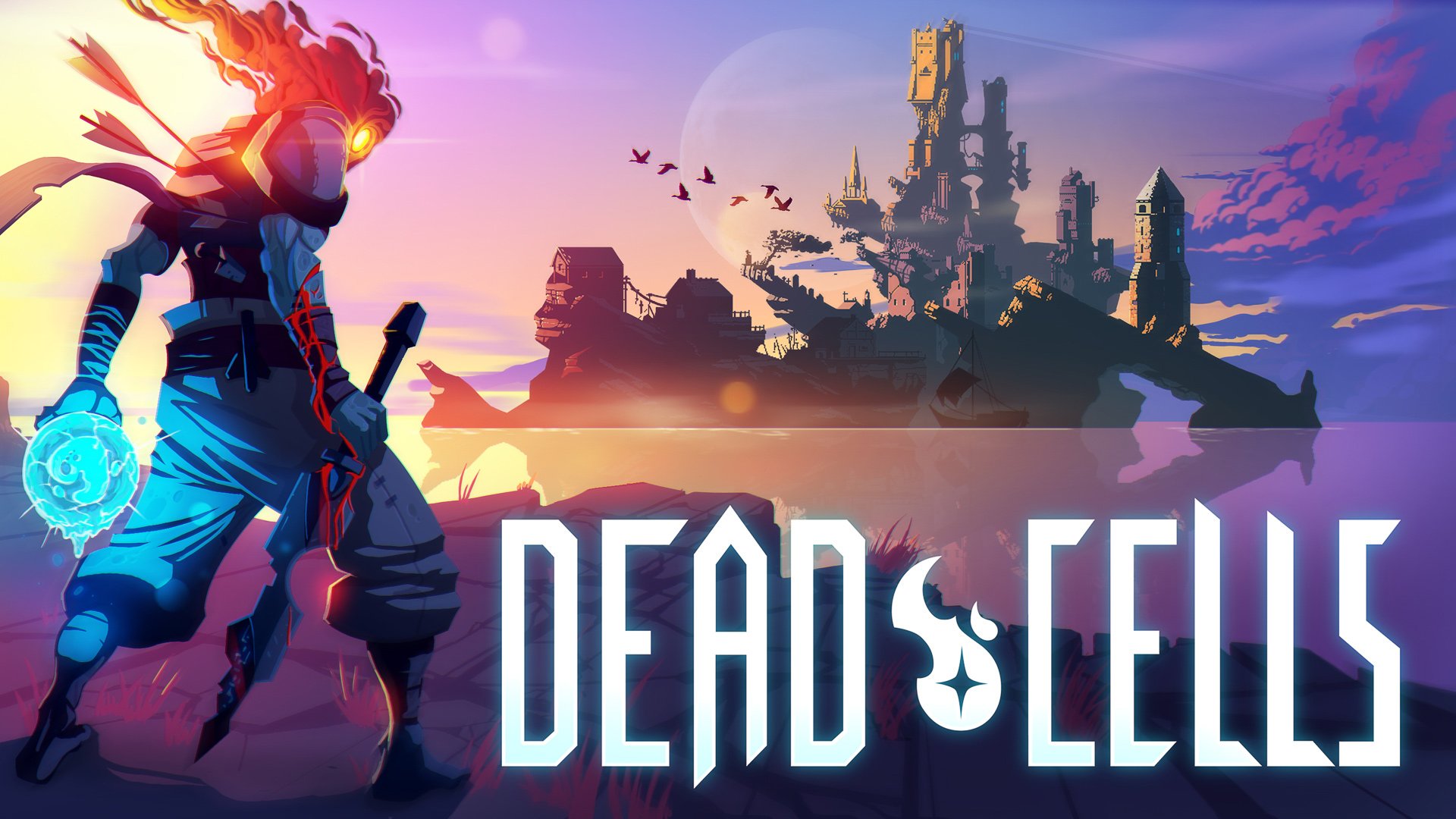
While almost every studio in this industry partakes in crunch, Rockstar Games is notorious for having particularly agonizing and drawn out crunch cycles. Paired with the fact that it is an abnormally secretive studio, the public unveiling of its toxic labor practices for the development of Red Dead Redemption 2 overwhelmed mainstream conversations and sparked new waves of discourse regarding workers’ rights and unionization.
The working conditions at Rockstar are an almost shocking contrast to those at Motion Twin, the developer behind critically-acclaimed rouge-like, Dead Cells. At the studio, there is no hierarchy, which means all 11 employees work for the same pay with an equal weight given to each of their voices.
When speaking to Kotaku, game designer Sebastian Bénard said that if a project finds success, people are paid more in bonuses, but everyone is paid the same way.
Providing equal pay to games workers is better for the industry, as it’s rare that a game will be made entirely by one person, from concept to code to launch. From PR specialists to creative directors, everyone involved makes sacrifices to make a game. There is no existent metric system that measures the sacrifices a person has made to compare them to someone else’s.
Those sacrifices often result in burnout, which plays a huge role in the industry’s extremely high turnover rate. 32 percent of 30,000 respondents to the2018 GDC State of the Industry survey have worked in the industry fewer than six years while only 13 percent have worked between 11 and 15 years. Motion Twin isn’t immune to burnout, but Bénard says that, without argument, he’d rather lose a few work hours than a colleague, so he joins his team in the studio-wide commitment to protect each other from burnout.
Motion Twin is a testament to how this industry can be better to its employees. The studio isn’t perfect, nor will the industry ever achieve perfection, but the difference between the development conditions for Red Dead Redemption 2 and Dead Cells shows a basic truth the industry needs to get behind.
We need to realize that a video games industry that doesn’t exploit its workers to the point that it drives them away in droves; that appropriately compensates workers for their efforts because passion and exposure doesn’t pay the bills; that acknowledges people can’t do their best creative work while running on fumes; and that realizes people do not need to lose their sanity, relationships, and lives to make video games is a future we can absolutely attain.
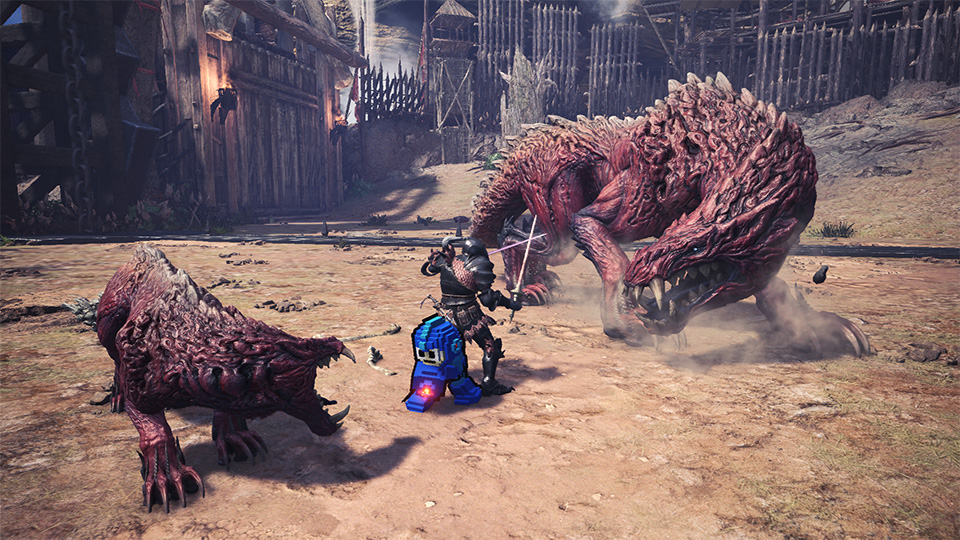
The Monster Hunter series has rivaled the popularity of franchises like Dragon Quest and Pokemon in Japan, but it’s always struggled with carving a solid place for itself in the western market. In order to do so, Capcom went against everything familiar, everything that made the series so popular in the east, and took an enormous leap into uncharted territory — and it paid off.
Monster Hunter World’s release has resulted in Capcom’s most profitable year ever, skyrocketing to over 10 million copies sold after its PC launch in early August. It’s also Capcom’s best-selling game to date. Before then, the highest-selling title in the series was Monster Hunter 4 Ultimate with one million copies sold, minuscule by comparison.
Monster Hunter World is an indication of the importance of understanding your audience. From the optimization of controls to the inclusion of multiplayer and an enticing story with much faster pacing than those of previous titles, the development team took criticism from western players to heart to help the series expand in size and impact.
When speaking to Polygon, Monster Hunter World producer Ryozo Tsujimoto said he was prepared for complaints that the series had changed. While some developers may refrain from risks and adopt an “if it ain’t broke, don’t fix it” mentality, Tsujimoto seems to have been excited by the prospect of change. “We knew we don’t want to make changes that will make people who are familiar with the series pick it up and say, ’Well, they’ve changed the game I loved,’” he said. “We want to make the game that you love better than ever and bring more people on so it’s got even more fans.”
But sadly, bringing more people on also meant leaving a specific group of people behind. In September, Capcom Vancouver shut its doors despite Capcom’s increase in revenue — or rather, one could say because of it. A representative of the company told GameDaily, “Capcom has decided to cancel the development projects at this studio and will concentrate development of major titles in Japan.”
With the recent announcements of the Iceborne expansion and a cameo from The Witcher’s Geralt of Rivia, the studio has been hard at work to deliver new content for the fans. But it’s likely that this work has come at the price of the developers at Capcom Vancouver, for it’s not unlikely that the studio was shut down to accommodate for more Monster Hunter World content, sequels, or ports.
The layoffs at Capcom Vancouver are just a portion of the more than 1,000 jobs lost to game development studio closures this year alone. 10 studios have closed forever, including once industry darling Telltale Games. While layoffs and studio closures are the unfortunate and harsh reality of the gaming industry, it’s nonetheless dejecting to look at the numbers and realize how many people have had to, just like the Monster Hunter series, face the future with uncertainty.
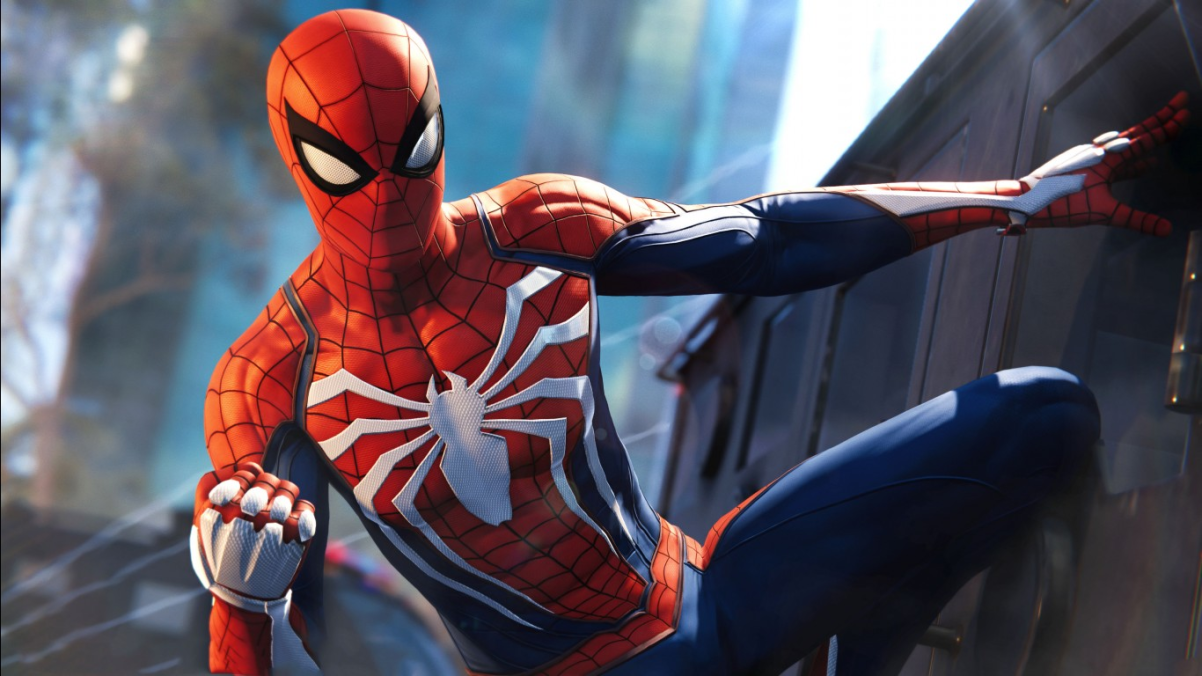
Spider-Man is one of the most hypervisible games of this year. But what it contributes to gaming culture is something much more quiet, tucked away in the options menu: its accessibility options. The game’s accessibility settings let you change the background and size of subtitles, modify color blind options, automatically complete Quick Time Events, skip puzzles, and even change button taps to holds. It has a lovely midnight audio setting, perfect for parents who play games long after they’ve tucked their little ones in for the night. It has a speaker tag for almost every single line of dialogue. These myriad accessibility options are available for you to tweak from before the game begins, putting accessibility at the forefront of the experience.
However, to say that the options are revolutionary for triple-A games is to acknowledge that the bar hasn’t been all that high, and that there’s plenty of room for improvement. Josh Straub from D.A.G.E.R.S (Disabled Accessibility for Gaming Entertainment Rating System) partnered with Insomniac Games to consult on the game’s accessibility, and while the game excels at audio and visual accessibility, it could do better for players with fine-motor impairments.
This area could be improved if the game allowed controller customization because “the game is naturally so fine-motor intensive” that “players need any kind of customization a developer can give them.” The review of the game at OneOddGamerGirl points out that collectible backpacks are “highlighted on your map and are fairly easy to find, however hearing players have the added benefit of hearing a beeping that grows louder the closer they get. There is no visual replication of this.” Steven Spohn, the COO of AbleGamers, tweeted that the game could have kept the options out of a specifically categorized accessibility menu, let you do healing automatically, incorporated a way to swing through the city with assistance, and more.
With Microsoft’s Adaptive Controller, this year Sony and Microsoft have made strides in making the experience of playing video games more accessible for all. While Spider-Man’s accessibility isn’t flawless, it’s certainly one of the most accessible games out there, and its extensive accessibility options have allowed the gaming community to discuss what options should already be in games and which games are still lacking.
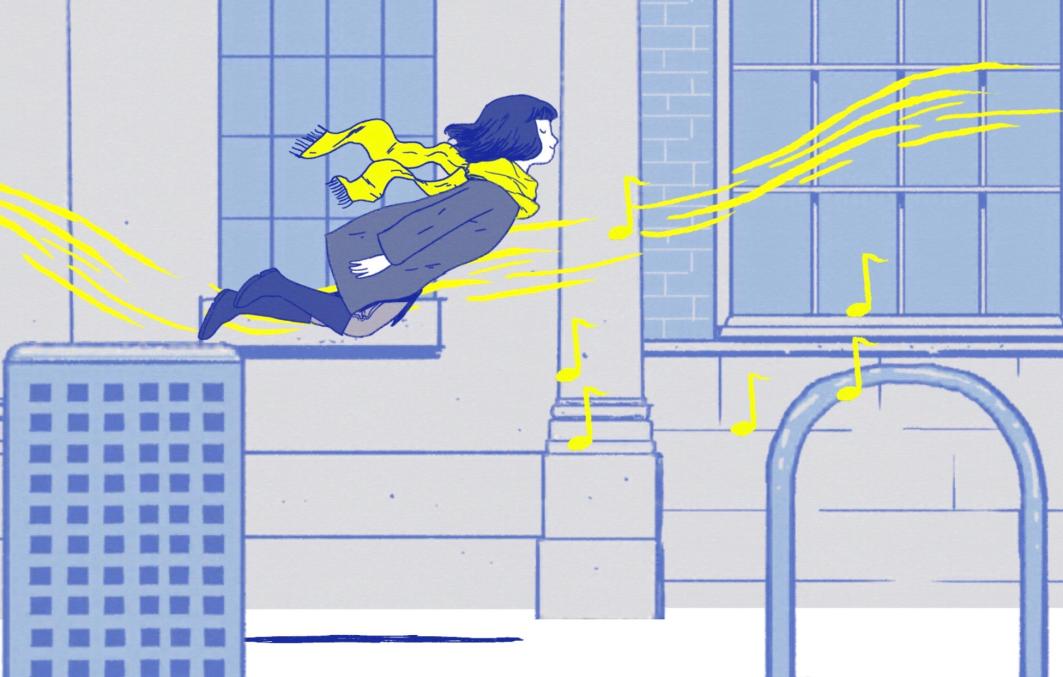
Florence can be played in an hour, which makes it accessible to anyone, whether they identify as a gamer or not. And anyone should play it because it’s a game that matters to something bigger than gaming culture — it’s important to our culture at large. Florence tells the story of Florence Yeoh, a woman who falls in love with a man named Krish, develops a life with him, eventually falls out of love, and ultimately parts ways with him. And that’s it. That’s the end.
Florence challenges our societal and cultural assumptions because there’s no reason as to why we should expect there should be more to this story. It is a complete game; it celebrates the birth of love and its common fate — its end. Love comes and goes, and it deserves to be elevated and mourned — but at the end of the day, we can move on. We, in fact, more often than not, do move on.
In a world that often portrays all breakups as life-shattering incidents for women and simultaneously perpetuates the harmful and false notion that women are meant to have one relationship that will last the rest of their lives, Florence says something much more uplifting to us.
Women can move on from breakups and go on with the rest of their lives. Women can achieve great triumphs in their careers, go through struggles related and not related to romance, get a pet, make new friends, travel, find love again — everything that life has to offer. And maybe when they fall in love again, that love will end at some point, too; the cycle will repeat, and life will continue. The end of a relationship isn’t the end of our lives. The experience is simply a part of life, which is an exciting, painful, ugly, beautiful, surprising, and continuous series of tiny and huge beginnings — and we deserve to live our fullest lives, just like Florence will.
For more stories like this one delivered straight to your inbox, please subscribe to the GameDailyBiz Digest!
 GameDaily.biz © 2024 | All Rights Reserved.
GameDaily.biz © 2024 | All Rights Reserved.